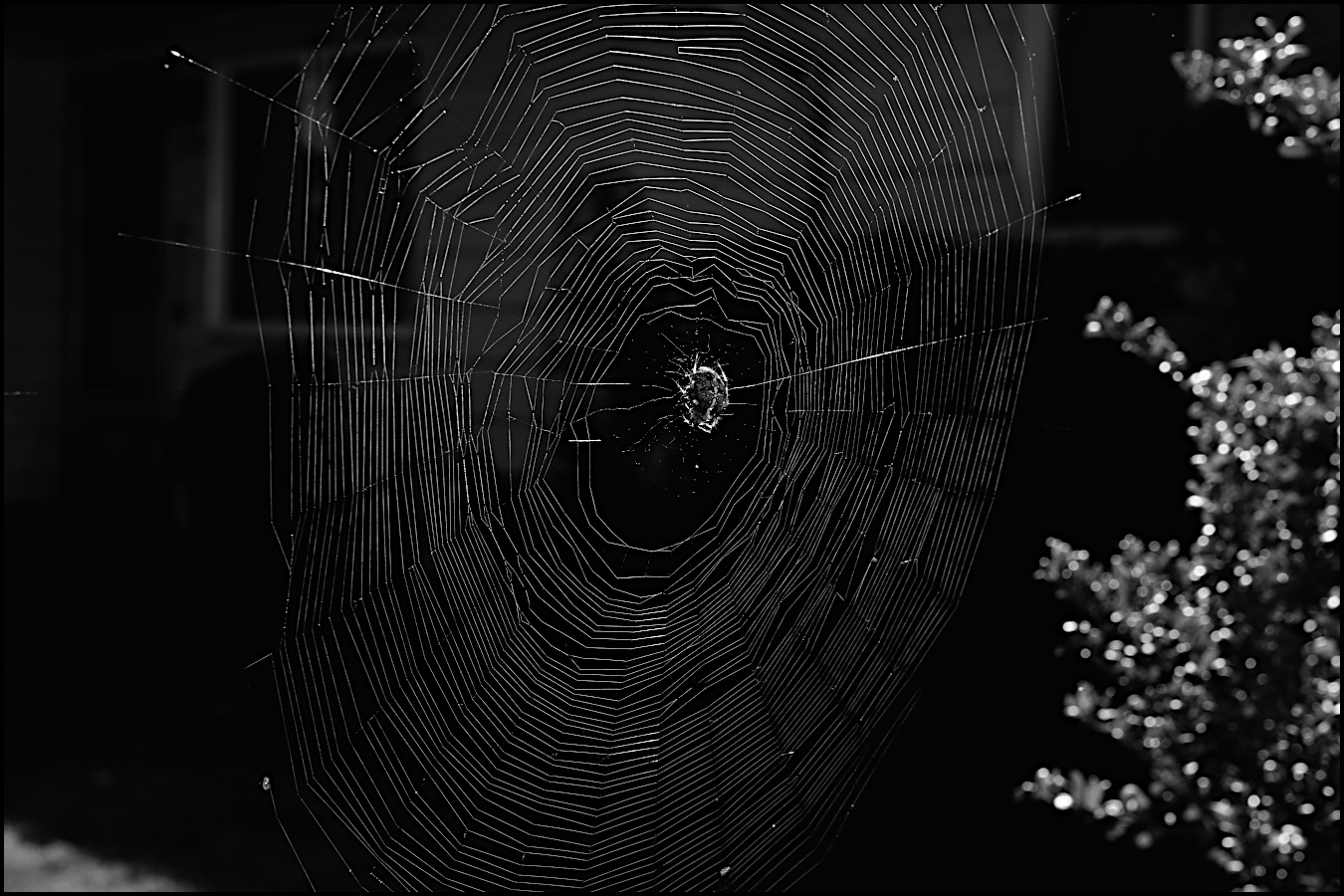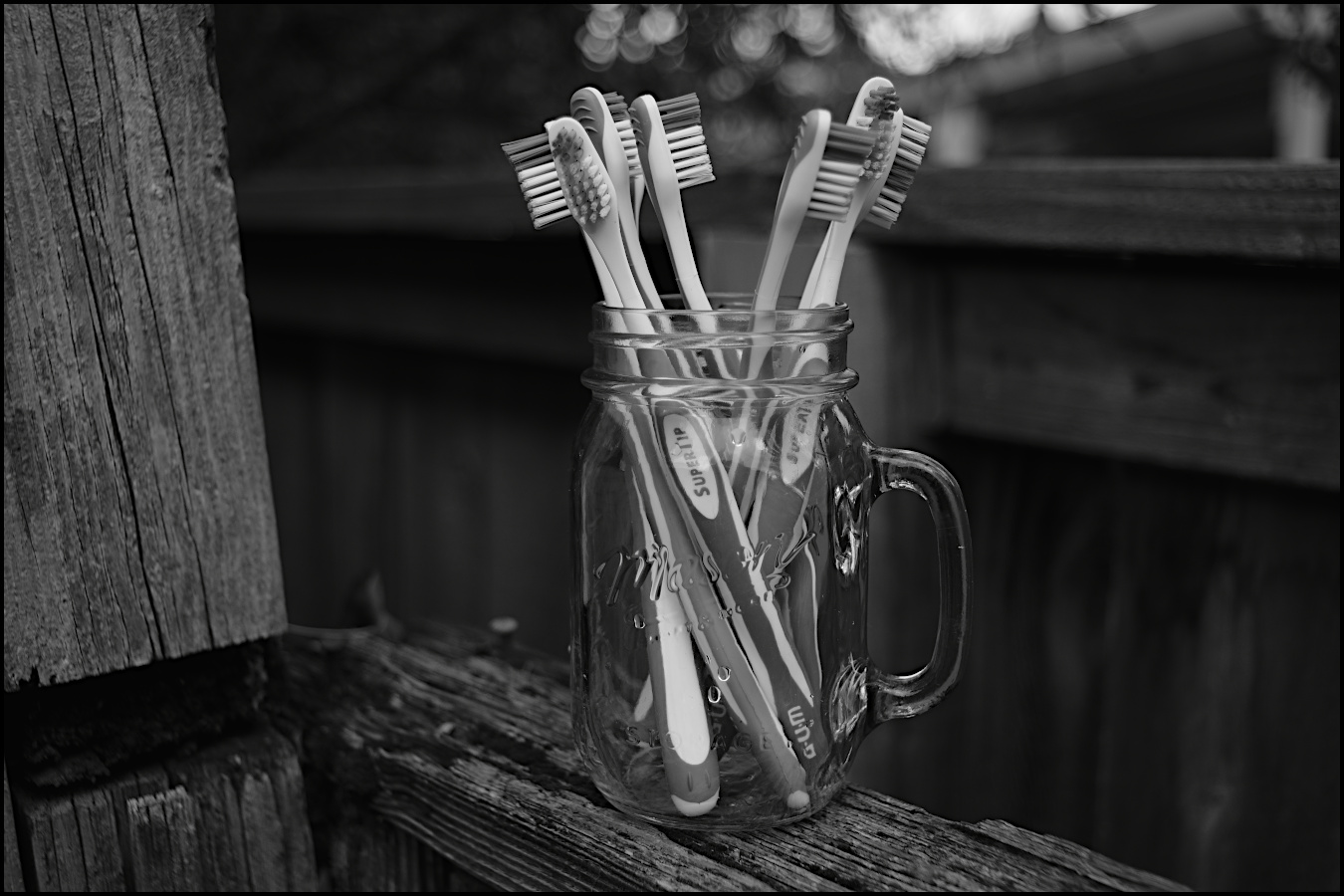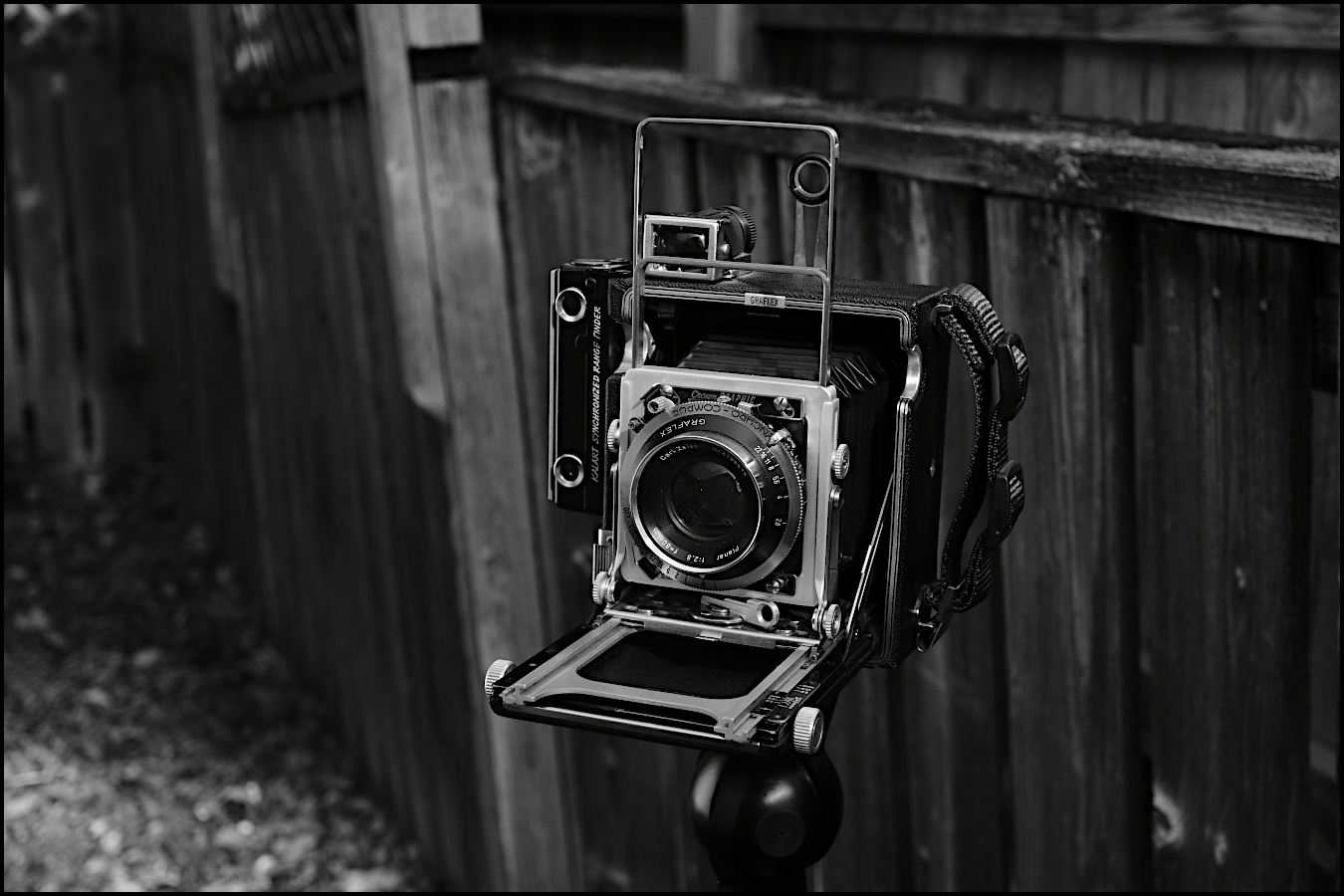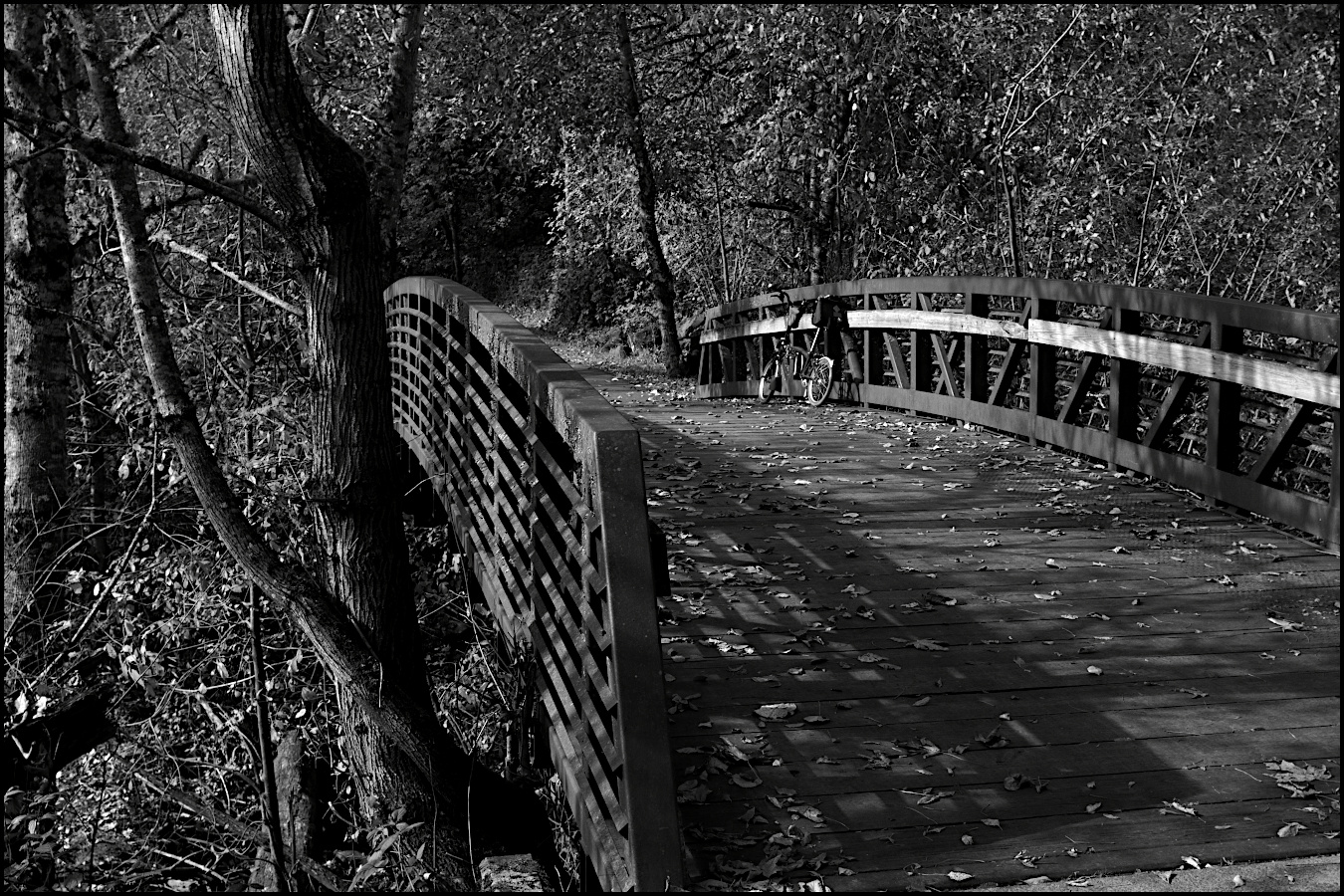How could I help myself? 🤪
I’m still getting used to it despite having bought it in May 2023. In short, and as always these are ‘for me’, and with a general view to comparison with the Leica Monochroms. Also note that I use my gear very hard and tend to be critical. So, given those things, preliminarily:
Pros
- camera and its internals, particularly the processor, are really properly integrated with the sensor - no weird artefacts, super clean files
- lag time, once focused or if manually focused, is very fast (faster than the Leica M11)
- insane ISO response (200,000+ works just fine) with very manageable noise that looks like grain
- excellent vibration reduction (definitely 5+ stops)
- great metering with good options and sensible algorithms
- very open tonal interpretation of shadows in RAW files to go with very malleable artefact free files
- predictable response to filtration
- lots of nice lenses (crazy lots when you can go back through all K mount lenses to early M42 lenses with an adapter)
- the 20-40 zoom (it’s a normal normal zoom, in a category of its own)
- excellent viewfinder (better than most full-frame dSLRs in my view)
- fantastic grip and in-hand feel/ergonomics
- nice big battery
- battery is good for a lot of shots per charge
- cheap (in comparison) camera, lenses (incredibly cheap for what you get) and battery (and it is in enough cameras that Pentax are unlikely to discontinue it anytime soon)
- weather sealing is tremendous
Cons
- it’s an SLR with everything that goes with that
- over-featured with complicated interface (put the manual on your phone!)
- vibration reduction can unexpectedly reduce sharpness (Pentax warns you, and it figures given how it works, but I can’t figure out yet why it does or does not happen) (turn it off and crank the ISO!)
- tried to make it look ‘stealth’ or ‘cool’ but just made the controls hard/impossible to see in the dark (take a torch)
- not altogether well thought out as a B&W/‘Monochrome’ camera (live view focus peaking flashes white and you can’t change the colour, in monochrome, I mean . . . !?)
- limited native lenses and…
- only fast autofocus normal is the Sigma Art 35/1.4 and it is the size of a grapefruit (exaggeration, but…) (and to me f1.8 like the Pentax 31/1.8 is not ‘fast’)
- grip and hand feel is offset by physical depth of the camera that makes it harder to hold and deploy in extended use than a shallower camera, good lenses tend to make it over front-heavy
- in-camera charging as standard, need to buy external battery charger as an accessory (but the charger uses a USB-C socket, which is a plus)
- only soft silicone underwater ‘housings’
Things I’m still thinking about:
- decent autofocus but nowhere near as accurate, fast or precise as something like a Sony A1 (this might be an ‘it just is’ rather than a pro/con)
- APS-C sensor (I don’t mind except that it makes the native lens lineup interesting at best, although even in full frame lenses Pentax doesn’t have a complete contemporary line up) although a full frame viewfinder using the same technical approach to the viewfinder would be STELLAR
- it looks either pretty cool or quite awkward (does that matter?)
- a lot of plastic (in general I actually think this is a positive - definitely the most dimensionally stable material, at least until I find out what it takes to make it break)
- I have not needed any device support and have no idea what it would be like if I do need it









